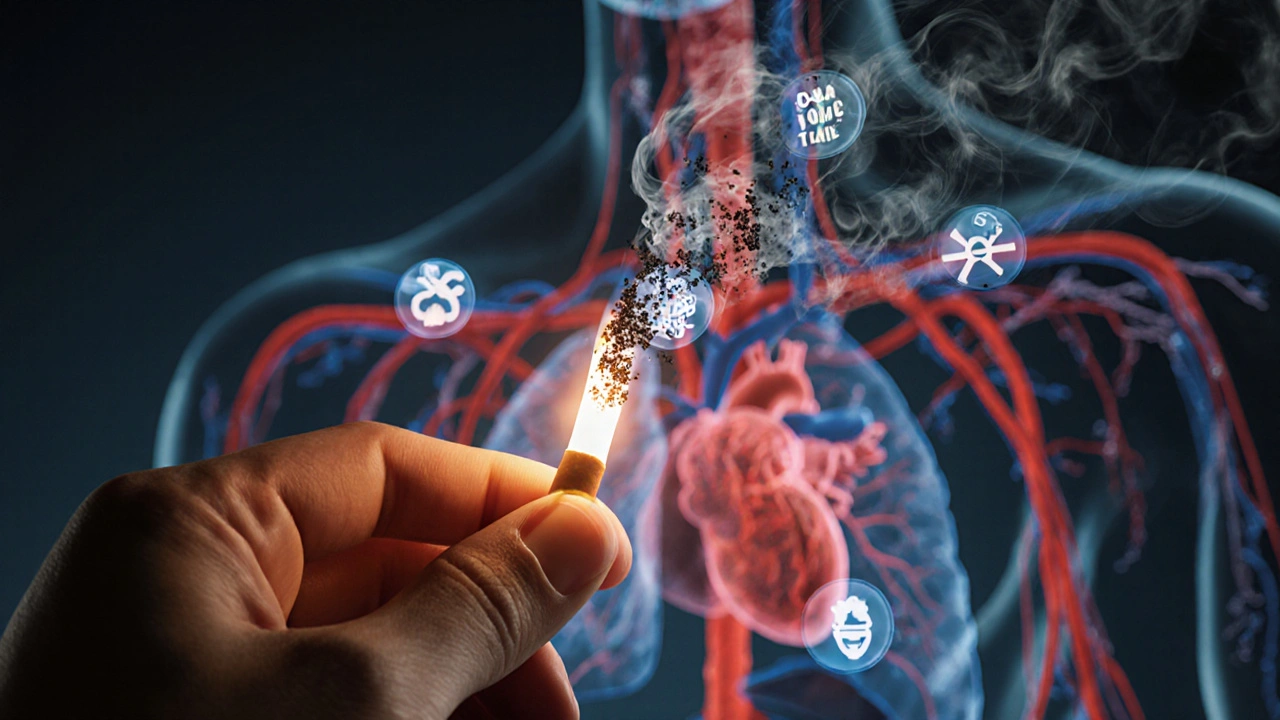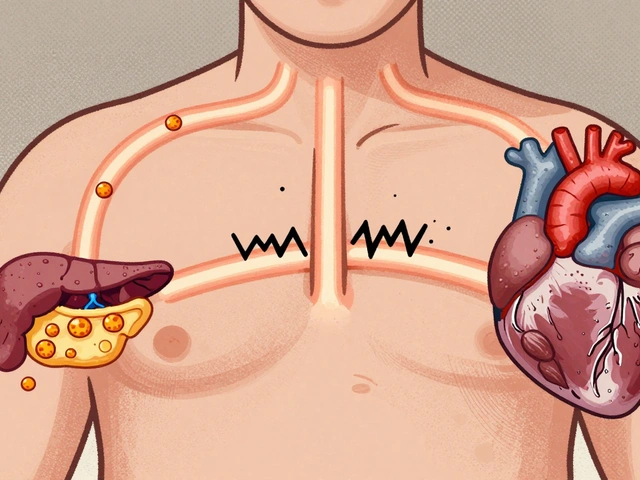Stroke: Understanding the Threat and How to Guard Against It
When talking about stroke, a sudden interruption of blood flow to the brain that can cause lasting damage, it's crucial to know the main drivers. Smoking, the inhalation of tobacco smoke, introduces toxins that damage arteries is one of the top preventable causes. Equally important is vascular health, the condition of blood vessels that supply the brain and heart, because weak vessels raise the chance of both ischemic and hemorrhagic events. High blood pressure, the force of blood against arterial walls, strains these vessels and often leads to stroke. Together, these factors form a web that determines who is most at risk.
Key Factors That Influence Stroke Risk
Understanding stroke means looking at how these pieces fit together. First, stroke encompasses two main types: ischemic, caused by a clot blocking blood flow, and hemorrhagic, caused by a vessel rupturing. Smoking influences stroke risk by accelerating atherosclerosis, which narrows arteries and makes clots more likely. Poor vascular health requires proactive care—regular exercise, a diet rich in omega‑3 fatty acids, and routine check‑ups keep arteries flexible. Uncontrolled blood pressure creates pressure spikes that can burst tiny vessels, leading to hemorrhagic strokes. The interaction among these entities shows why lifestyle changes can cut risk dramatically.
Below you’ll find a curated list of articles that dive deeper into each of these topics. Whether you want to see how smoking cessation improves brain circulation, learn practical steps to boost vascular health, or explore medication options for managing hypertension, the collection is organized to give you quick, actionable information. Browse the posts to discover specific strategies, real‑world examples, and the latest guidance that can help you or a loved one reduce the chance of a stroke and stay healthier overall.

- Oct 8, 2025
- Posted by Cillian Osterfield
How Smoking Drives Heart Disease and Stroke: Risks, Mechanisms, and Prevention
Learn how smoking fuels heart disease and stroke, the underlying mechanisms, risk stats, and effective steps to quit and protect your cardiovascular health.
Categories
- Health and Wellness (61)
- Medications (46)
- Health and Medicine (23)
- Pharmacy Services (11)
- Mental Health (5)
- Health and Career (2)
- Medical Research (2)
- Business and Finance (2)
- Health Information (2)
©2025 heydoctor.su. All rights reserved





